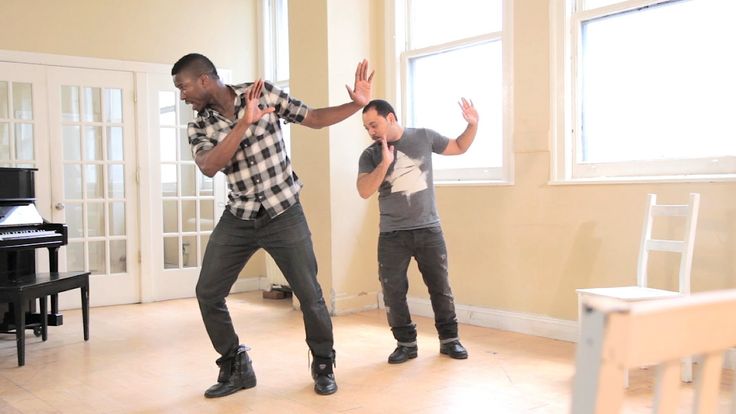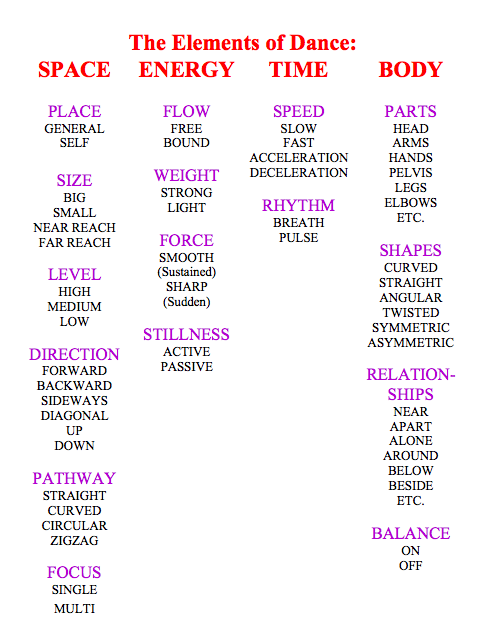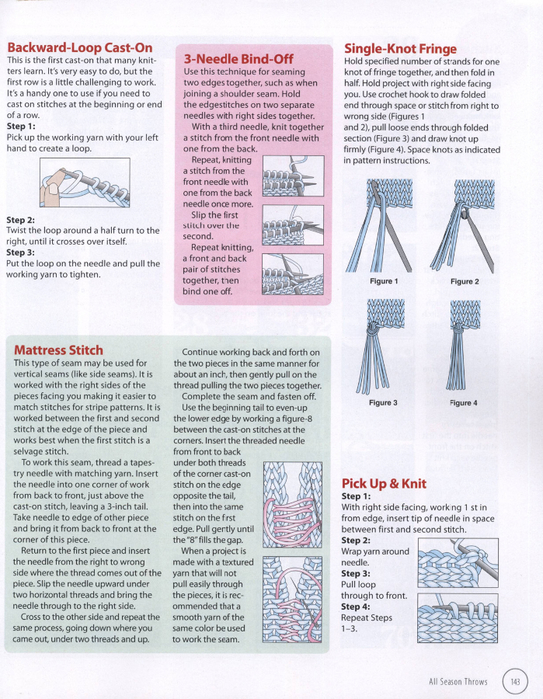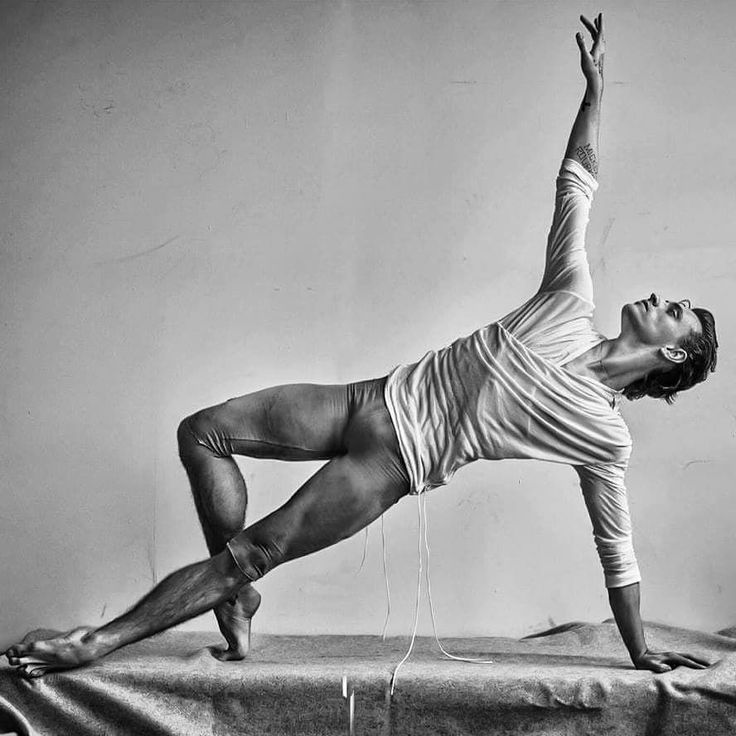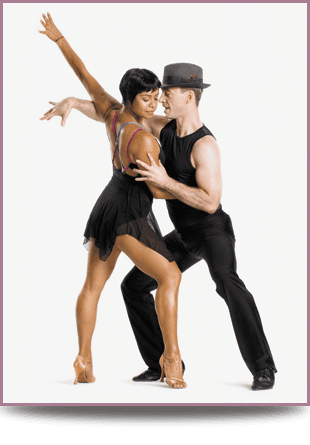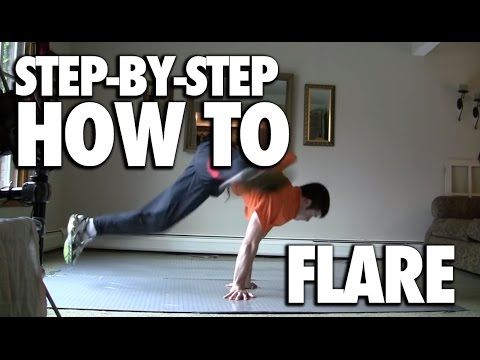How street dance started
all you need to know
© Little Shao / Red Bull Content Pool
Street dance is an umbrella term used to describe multiple styles that were created in the streets. Find out about the origins of hip-hop dance, locking, popping and house dance.
By Tracy Kawalik
9 min readPublished on
Check out this deep dive into the history of hip-hop, popping, locking and house to find out how these seminal street dances elevated, empowered and united dancers across the globe.
01
Hip-hop: freestyle from the Bronx
Hip-hop broke out onto Bronx blocks in the 1970s. Breaking, DJing, MCing and graffiti made up the four elements of the culture and became a way of life for disenfranchised black and latino communities.
NYC emcees spat bars that thumped out of boomboxes, while the pioneers of turntablism like DJ Kool Herc looped rhythmic 'breaks' for the very first time and pumped out the soundtrack to the streets.
Lack of cash was no barrier to creativity and spirit. Dancers from rival crews or neighbourhoods settled their differences by throwing down moves in cyphers. Block parties, park jams and freestyle sessions in skating rinks and clubs were regularly happening, with dancers crowding the floor for the drum breaks of their favourite funk records. Most of which unknowingly laid the foundations of hip-hop, popping and locking while carving out a name for themselves.
Buddha Stretch is one of the influential figures of hip-hop dance
© Jason Halayko / Red Bull Content Pool
Freestyle hip-hop gave way to slews of party dances and became a globally recognised and performed style. By the time the golden era hit, MTV was flooded with music videos pumping out hip-hop choreography while dance studios were scrambling to diversify their roster of teachers and street genres.
Hip-hop, had crossed over from the east and west coast of America to major Hollywood films, theatres, television and all four corners of the globe.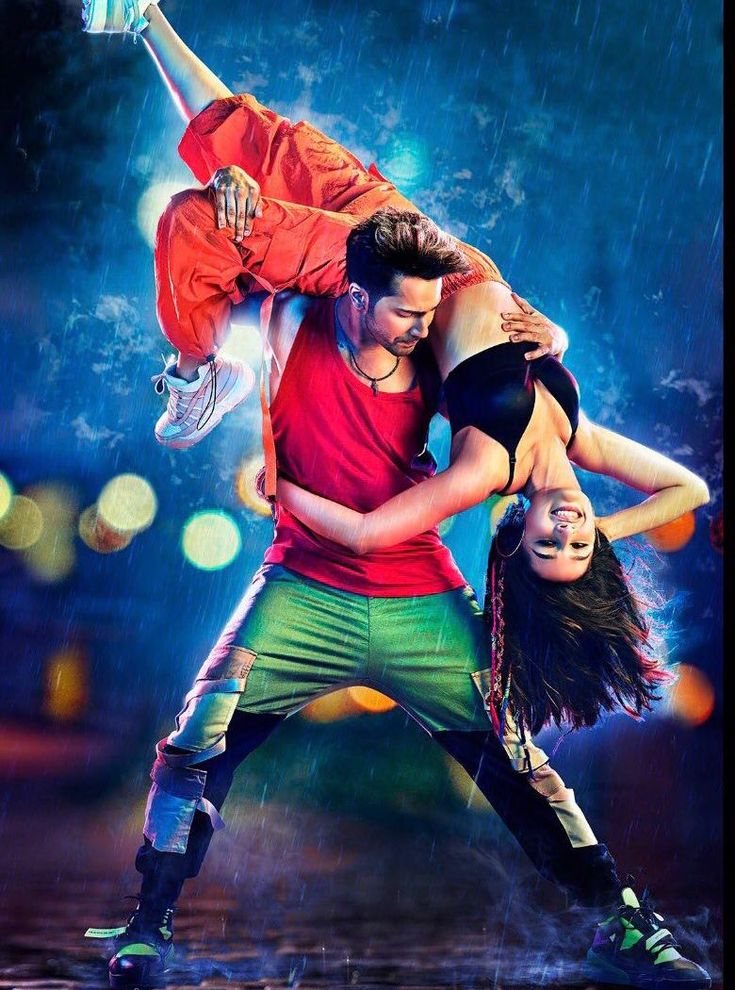
Fast-forward to 2022, and street dancers are not only masters of their own genres, but they're battle-ready with dynamic skillsets and an arsenal of moves from other culturally impactful styles that they can swerve onto in a blink of an eye.
Dancehall and West African dances with afrobeats have undoubtedly influenced freestyle hip-hop. Contemporary dancers are krumping and bone-breaking. Latin social dances such as salsa, kizomba, samba, cumbia and bachata often feature in the footwork. Disco-based street styles like vogueing and waacking are sweeping nations. While old-school party dances like boogaloo, hustle and shuffle are making a comeback and propelling dancers into global sensations on IG. Capoeira and a broad range of martial arts have been fused into tricks. Dancers flex locking, popping and various other funk styles you've probably not even heard of.
11 min
Hip-Hop Final
This is a dance battle that’s all about personal expression and making conversation through movement – this is the Juste Debout 2017 Hip-Hop Final.
02
Locking: inner-city flavour to the screens of Soul Train
Like hip-hop, locking has carved out a legacy stretching from inner-city cyphers in LA to the glitter-covered dance floors of Soul Train over the past four-and-a-half decades. Much of that is owed to a dancer named Don Cambellock, who created the genre by accident. His son Dennis D Danehy Campbell recalls that his dad was trying to attempt another popular move in his school cafeteria called the 'Robot Shuffle'. Instead, Don Campbell wound up creating an entirely new dance that everyone in the room loved even more, to his surprise. Soon they were shouting, "Do that, Lock, Campbell, do that, Lock!" The rest is locking history.
Word got out about Don's emerging dance style, and soon he found himself and his crew of dancers called The Lockers on Soul Train performing the genre alongside the likes of James Brown on live television.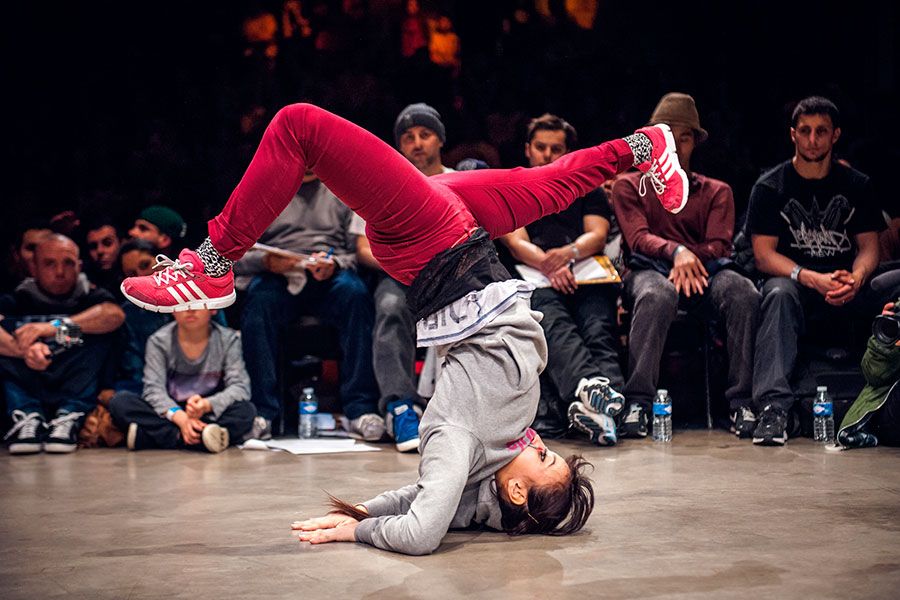 When Don Campbell found out that he and none of the dancers who made the show famous would be paid for their appearances, he fought for change and equal pay for the whole cast of dancers.
When Don Campbell found out that he and none of the dancers who made the show famous would be paid for their appearances, he fought for change and equal pay for the whole cast of dancers.
Tony Gogo is a locking legend
© Leo Rosas / Red Bull Content Pool
Outside of Campbell, many lockers used the moves to symbolise unity during the civil rights movement, the locking handshake in particular. Many of the dancers were political activists off the floor and used dance as a platform to spark positive change.
Iconic choreographer Toni 'Mickey' Basil (who also sang Hey Mickey) founded The Lockers crew in 1973 and changed the face of dance forever. They performed on Saturday Night Live, Radio City Music Hall and Carnegie Hall, alongside numerous award shows, movies and their enormous solo careers.
Locking is hugely characterised by self-expression, self-love and hyping yourself up. There are popular locking moves like Giving Yourself Five, holding one hand behind your ear waiting for applause, pointing to the audience, etc.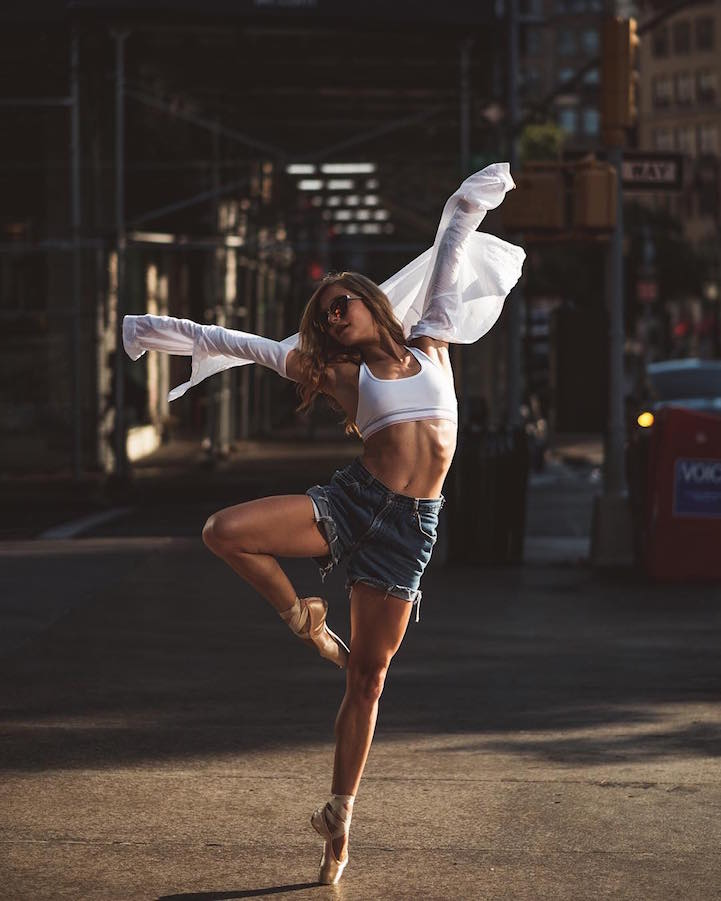 .. Outside the above, the most notable moves in locking are wrist rolls, jazz splits, high kicks, knee drops and other stylistic moves like grabbing and rotating your hat.
.. Outside the above, the most notable moves in locking are wrist rolls, jazz splits, high kicks, knee drops and other stylistic moves like grabbing and rotating your hat.
11 min
Locking Final
Vovan and Funky-J (Paris, France) go up against Black A and JP Black (Sorocaba, Brazil) in a funk-filled face-off for the Locking Championship.
03
Popping: from Fresno to the world
Popping hit Fresno and Oakland in the '60s. It was started by a dancer called Boogaloo Sam, who taught his brother, Popin' Pete and later his cousin, Skeeter Rabbit, how to be poppers. Together they formed the legendary dance group Electric Boogaloos and caught the attention of dancers Boogaloo Shrimp and Pop N Taco who joined them on stage. Each of them became icons in their own right and locked down spots in cult films Beat Street, Breakin' and Breakin’ 2: Electric Boogaloo. As well as jobs choreographing and giving private lessons to the likes of Janet Jackson, Chaka Khan and even Michael Jackson - with Boogaloo Shrimp personally being credited for showing him the ‘back slide’ more widely known as the Moonwalk.
While it’s greatly disputed whether popping was born in Fresno or Oakland, what is certain, is that the neighbourhoods in which popping was invented in both cities, were the ones with the least money and the least opportunities for something greater. Popping and the fame that these dancers found proved that anything was possible for youth at that time and that dance could be a career.
Mr Wiggles doing a judges showcase
© Jason Halayko/Red Bull Content Pool
Rooted in '70s era, popping was initially danced to funk and disco, soundtracked by artists Zapp, Gap Band, Cameo, etc. By the '80s many poppers utilised electro music and began dancing to artists such as Kraftwerk and Egyptian Lover. Mainstream hip-hop was also used by poppers such as Run DMC, Whodini and Kurtis Blow. Today poppers blend a multitude of musical genres.
Popping is widely considered the most technically challenging of the street dances. It's characterised by isolating, tensing and releasing the muscles (hitting) to the rhythm of beats in the music.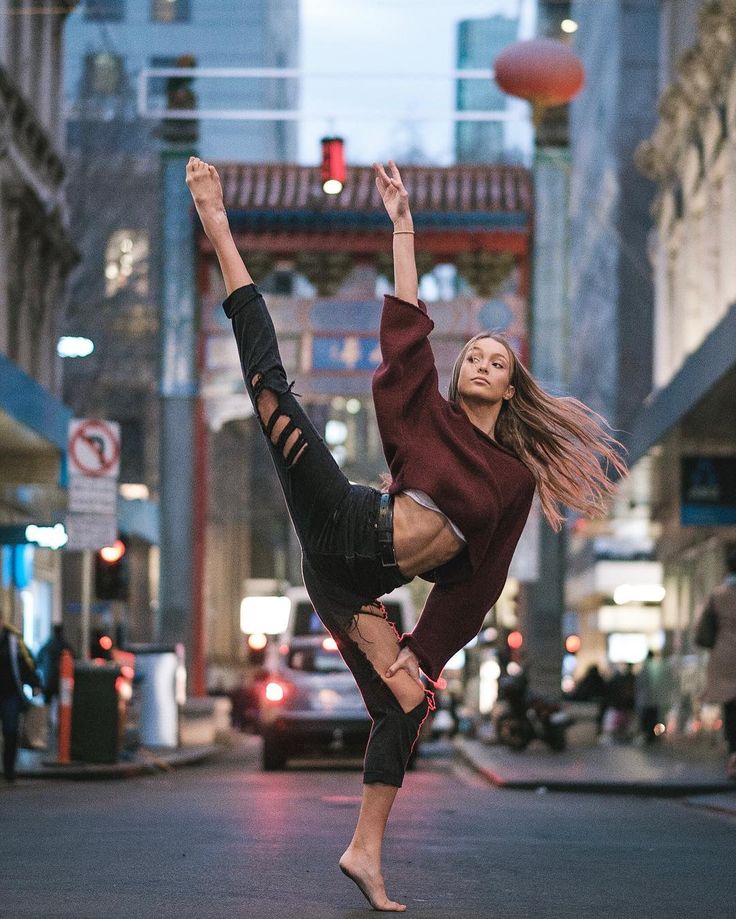
In 2022, popping is one of the most hype genres. It is typically delivered by a dancer who possesses incalculable style, character and finesse.
12 min
Popping Final
Poppin C and Ness go up against Hoan and Jaygee in an all-Parisian Popping Final at Juste Debout 2017.
04
House: finding freedom on the dance floor
In the late 70s, the underground heads were starting to get tired of the cheesiness of disco music. Two DJs from New York City, Larry Levan and Frankie Knuckles, started to mix disco with other musical elements – like breaks, afro beats and electronic music. Shortly after, they started selling their music in record shops in New York, and house dance was born. The genre erupted out of the underground house music scene of Chicago and New York.
People quickly fell in love with this new music. Going dancing at the club went from activity to obsession; they based their whole lives around going to the clubs.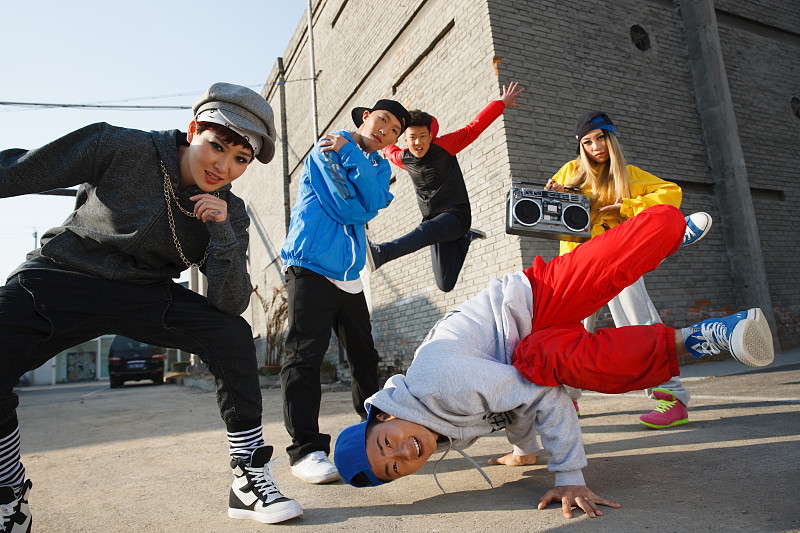 It was a powerful experience for people. Frankie Knuckles once said that the club was like "church for people who have fallen from grace."
It was a powerful experience for people. Frankie Knuckles once said that the club was like "church for people who have fallen from grace."
Shannon 'Whichway Sha' Mabra is a house dance icon
© Leo Rosas / Red Bull Content Pool
Early house lyrics contained positive, uplifting messages for all people from different walks of life but spoke mainly to those considered to be outsiders, especially African-Americans, Latinos, and LGBTQ+ subcultures. The house scene was one of the most integrated and progressive spaces in the 1980s.
House music DJs aimed to create a 'dream world of emotions' with 'stories, keywords and sounds', which helped to 'glue' communities together. Many house tracks encourage the audience to 'release yourself' or 'let yourself go'. Some house lyrics contained messages calling for equality, unity and freedom.
It's typically danced to loud and bass-heavy electronic dance music provided by DJs at clubs or raves. It's characterised by the torso's ecstatic, sex-driven rippling movement and even found its way onto numerous record titles. Lofting is another style, which is smooth, acrobatic and features a lot of floor work.
Lofting is another style, which is smooth, acrobatic and features a lot of floor work.
13 min
House Final
Toyin & Frankie J get into the groove against Kwame & Serge to win the street dance championship. Feel the vibe that’s expressed by the dancers as they improvise their moves based on the music.
05
The power of dance
Outside of the global visibility dance now holds and the gargantuan Tik Tok and Instagram fanbases vying to cop the next choreo, why is the history behind all of these street dances so powerful and vital to know?
It may help to understand that house, waacking, hip-hop, popping and locking (just like street dance styles such as vogueing, waacking, krumping, Memphis jookin, and footwork) weren't just born from a celebration of the music but as an escape from some sort of struggle.
People went to the club looking for more than a party.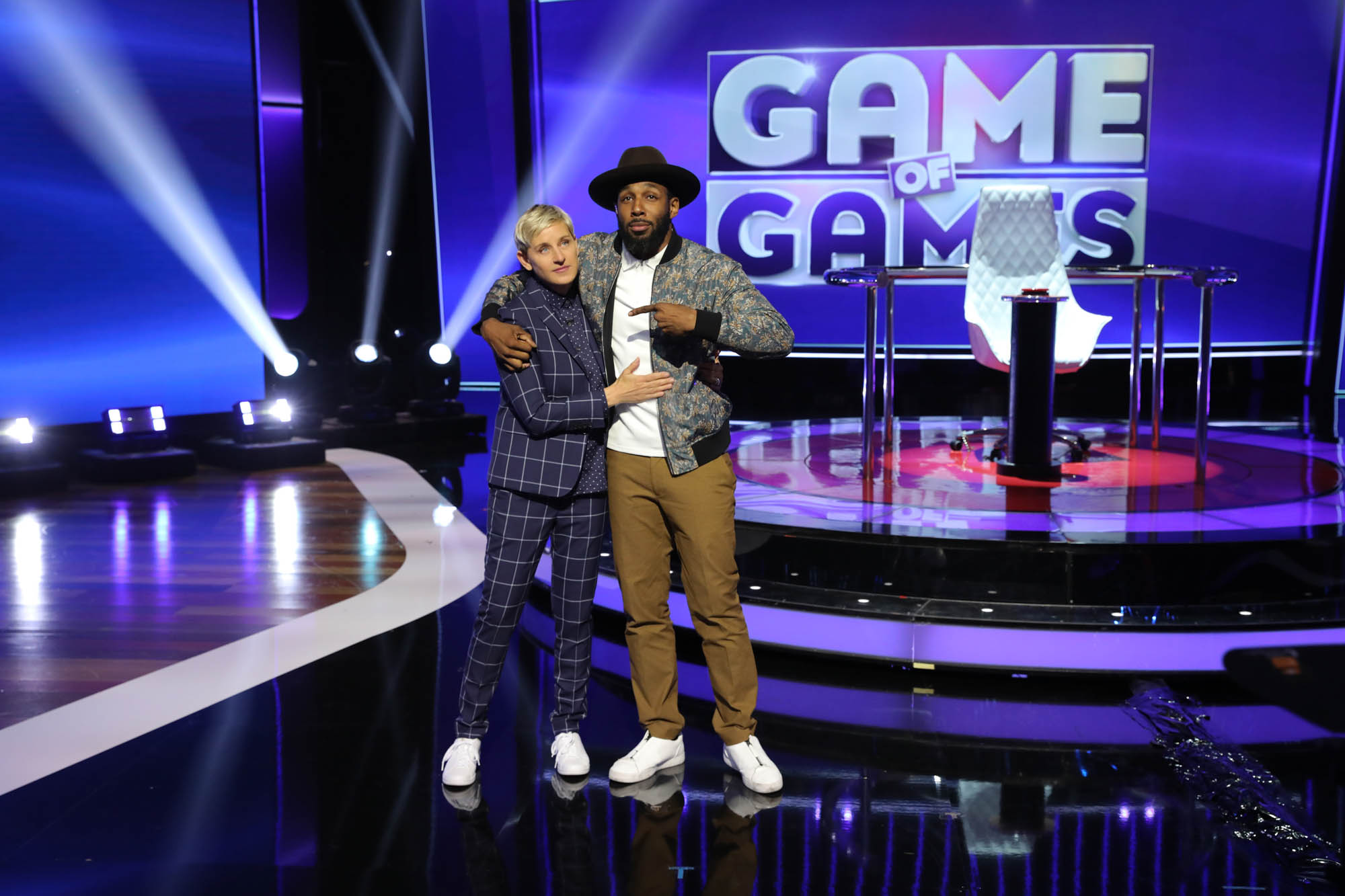 They wanted an emotional and physical release. The gospel-y vibes, strong bass beats, and hypnotising house lyrics set the perfect atmosphere for this. The underground clubs became a place of freedom and expression. Hip-hop, locking and popping were a vehicle to articulate deep and often unspeakable emotions.
They wanted an emotional and physical release. The gospel-y vibes, strong bass beats, and hypnotising house lyrics set the perfect atmosphere for this. The underground clubs became a place of freedom and expression. Hip-hop, locking and popping were a vehicle to articulate deep and often unspeakable emotions.
All of which elevated, empowered and united a spectrum of characters on the dancefloor and beyond. More than that, dance has done so when the world needed it most and decades on still provides that same power.
Street dance in Australia
While the biggest street dance styles may have been born abroad, the Australian scene is thriving in 2022. Tony Oxybel, a dancer and the Australian winner of Red Bull Dance Your Style 2021, says he has seen the local scene elevate this year after shaking off the shackles of covid.
“At the beginning of the year, me and a couple of friends decided to revive the voguing community in Sydney. And now, by the middle of the year, the community has grown to 1500-plus people,” he says.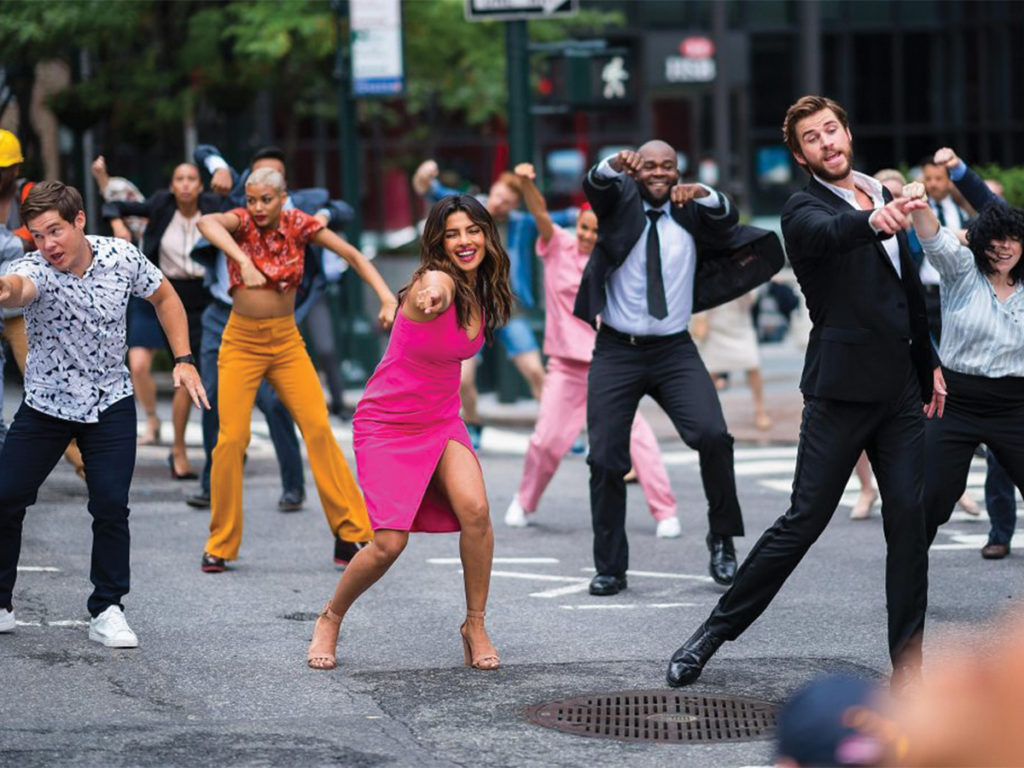 “And I realised a lot of other dance styles were doing the same thing – the house community, the waacking community, the popping community. I feel like this year, people are really taking the community aspect of street dance seriously, rather than just going to the studio and taking a class... So [the scene] is definitely really, really healthy.”
“And I realised a lot of other dance styles were doing the same thing – the house community, the waacking community, the popping community. I feel like this year, people are really taking the community aspect of street dance seriously, rather than just going to the studio and taking a class... So [the scene] is definitely really, really healthy.”
Tiana Canterbury, a choreographer from Sydney, agrees that more local events – like Red Bull Dance Your Style – have helped to grow the Australian street dance community.
“Street dance is becoming big and getting the respect it deserves. There’s definitely been a change,” she says. “There's a lot more events around it. So there's a lot more support, there's a lot more few viewers coming to these events. And then from that, there's always the people that are like, oh my gosh, I want to get into that … more people want to give it a go because they want to be a part of that community.”
Oxybel has also witnessed a changing of the guard in Australia.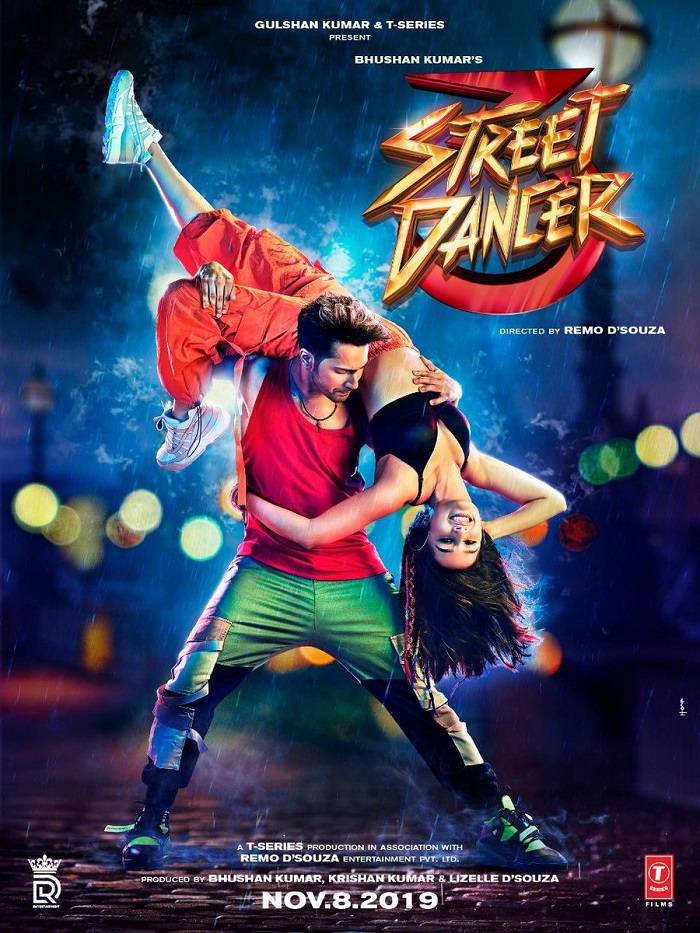 While younger generations of dancers had previously been afraid to take the reins, today they’re stepping up to take charge, shake up the status quo and work on building new events that will strengthen the community. It's breathing fresh air into the local scene.
While younger generations of dancers had previously been afraid to take the reins, today they’re stepping up to take charge, shake up the status quo and work on building new events that will strengthen the community. It's breathing fresh air into the local scene.
“I think that’s been a very positive change this year in the street dance community,” he says.
Definition of street dance, BuzzWord from Macmillan Dictionary
noun [uncountable]
an informal style of dance involving a variety of moves, which is popular with young people and often developed in public spaces such as streets, clubs, playgrounds, etc.
street dancing
noun [uncountable]street dancer
noun [countable]'More boys than ever before are joining dance troupes as a street dance craze sweeps London.'
London Evening Standard 8th June 2009
'… Croft could have been fired by anger but he side stepped that suggestion with the skills of a man who in his youth studied contemporary, modern and street dancing. …'
…'
London Evening Standard 9th June 2009
'Street dancers Flawless pulled off another eye popping routine to a medley of hits.'
Daily Star 26th May 2009
On 30th May 2009, dance group Diversity wowed British audiences with a stunning routine which sealed their victory in the popular UK TV show 'Britain's Got Talent'. In the aftermath of this breathtaking performance of synchronised and acrobatic movements, the expression street dance made a corresponding leap into the radar of the general public.
Street dance, also informally referred to as street, is an umbrella term which encompasses a range of dance styles characterised by descriptions such as hip hop, funk and breakdancing. Its eclectic nature has spawned a whole new street dance lexicon, including terms such as popping, locking, waving and krumping.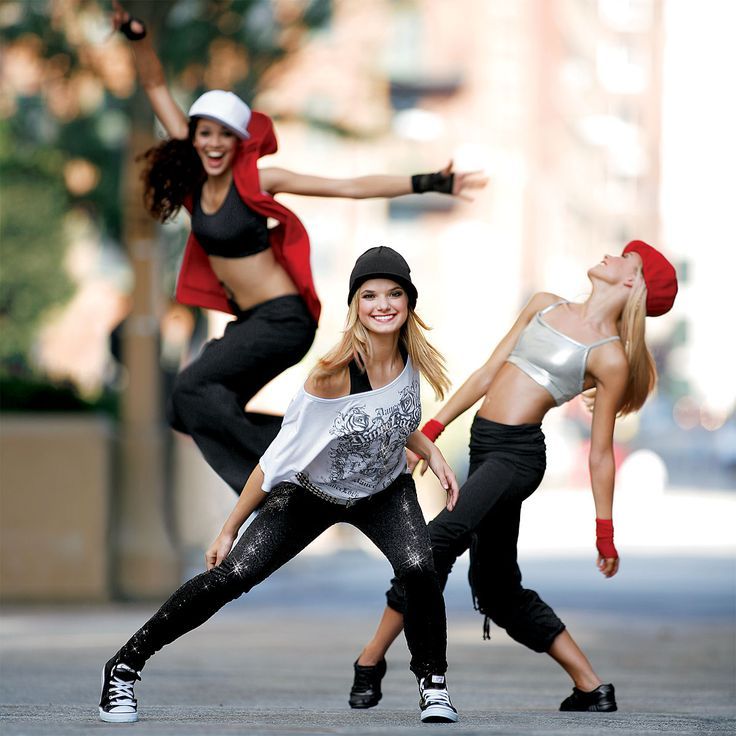
with the last surge of interest occurring in the 1980s, street dance has resurfaced during the last five years to enjoy a renewed popularity
When a dancer pops, they jerk their body by quickly contracting and relaxing the muscles. The movements they make are correspondingly referred to as pops or hits. Locking refers to fast, exaggerated, movements which then freeze into a rigid position (a lock), whereas waving describes a more fluid style where movement appears to ripple through the limbs (as if a wave were traversing the dancer's body). Krumping is characterised by free, expressive and energetic movement of the arms, legs, chest and head. Proponents of these different styles can correspondingly be described as poppers, lockers, wavers and krumpers. If you'd like to see these street dance moves in action, check out the video in this article.
With the last surge of interest occurring in the 1980s, street dance has resurfaced during the last five years to enjoy a renewed popularity. Interest has been sparked primarily by television, especially through MTV music videos and advertisements using dance moves to sell products. Across the UK, dance studios have reported an increased demand for tuition, with more young people, especially more boys, participating in dancing classes than ever before.
Though the term street dance was already established within youth/dance culture, recent media interest in 'Britain's Got Talent' winners Diversity and rival group Flawless seems to have now planted the expression firmly into mainstream British English.
Background to
street danceStreet dance, also more formally described as vernacular dance, originated in New York in the 1970s. Evolving on the streets of Manhattan and the Bronx, it was developed as an improvised, social dance form, reacting against traditional, high-art dance styles. Popular with African-Americans and Puerto-Ricans, street dance was used as an expression of resistance and cultural identity outside of the mainstream.
Popular with African-Americans and Puerto-Ricans, street dance was used as an expression of resistance and cultural identity outside of the mainstream.
The energetic nature of street dance makes it popular with young people on a variety of levels, both as an art form, a competitive activity or for physical exercise. Some UK secondary schools are therefore beginning to introduce street dance as a form of physical education.
by Kerry Maxwell, author of Brave New Words
Street dancing. The history of appearance is the history of popularity. Internet publication "Elements of Dance"
Hmm… if you think about it, there are not so many examples. And among them street dances are out of competition.
The birth of such a phenomenon as Street Dance (Street Dance s) was preceded by a completely different street "culture" - a tough confrontation between gangs in the "black" neighborhoods of American metropolitan areas. Young, strong, but poor African Americans had nowhere to put their energy. Fitness centers, paid studios, gyms and other benefits were not available to them. In addition, brute force was considered the only way to assert their leadership in a particular area. "Black" youth clearly wanted to express themselves, but did not know how. Perhaps fights would have remained the main type of communication if there had not been a peaceful alternative - street dancing. nine0005
Young, strong, but poor African Americans had nowhere to put their energy. Fitness centers, paid studios, gyms and other benefits were not available to them. In addition, brute force was considered the only way to assert their leadership in a particular area. "Black" youth clearly wanted to express themselves, but did not know how. Perhaps fights would have remained the main type of communication if there had not been a peaceful alternative - street dancing. nine0005
Street dancing is the same general concept as folk dancing. In order to dance street dances, only one condition is necessary - to feel the life and rhythm of the streets. Street dancing combines several styles that originated outside the walls of dance studios. More precisely, modern street dances are mixes of different styles - hip-hop, house, locking, popping, ragga dance, new style, new age, break dance, electric boogie, krump, and others.
However, just now these styles are fashionable among young people, and therefore, many street dances have migrated to the dance floors of clubs and discos, and rightfully belong to club dances. nine0005
nine0005
Where does street dancing come from?
So, street dancing originated in the 70s of the last century in the poor neighborhoods of New York and Los Angeles. It was in the Bronx (New York) that the main hip-hop platform was formed, on which all street dances later arose and developed.
Hardboard sheets (Wood Chipboards) laid out right on the streets served as a training ground for dancers. Young people stood in a circle around this spontaneous micro-scene and showed their achievements to their friends one by one, enthusiastically mastered quite complex street dances full of acrobatics. Gradually, spontaneous groups united, exchanged experience, revealed the secrets of mastery to beginners. The elders taught the younger ones, saving them from mistakes that lead to serious injuries. Already polished street dances were demonstrated on the same sheets of chipboard. The energy of the performances was so high that the people around looked at them with admiration, and sometimes with apprehension.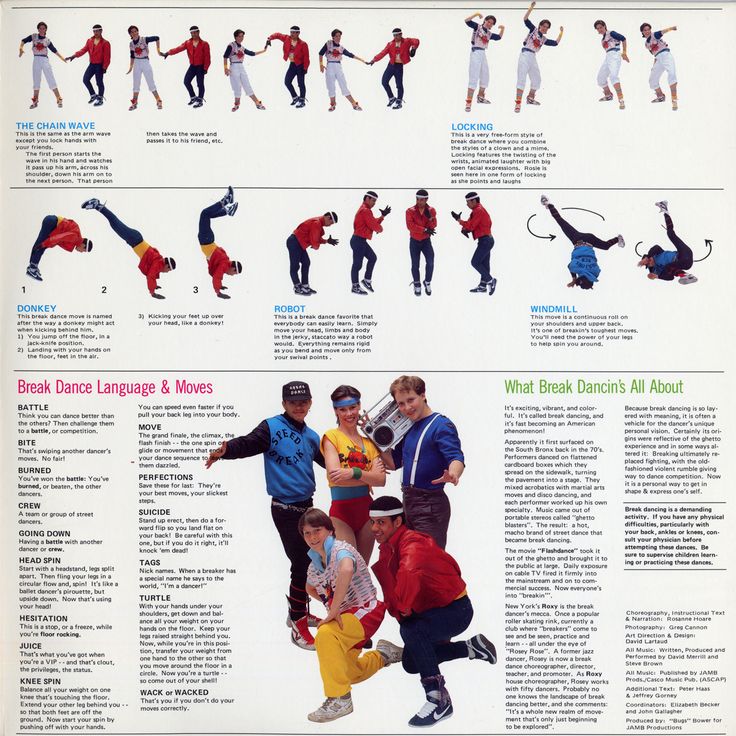 nine0005
nine0005
With caution, because street dancing was born as the only available way to throw out emotions (including negative ones), express one's attitude to the world and show one's belonging to the streets from which the dancers came. And, since this world was hostile, the streets are dysfunctional, racial discrimination and humiliation of "blacks" are global, then many street dances were very aggressive.
Such a dance, which originated in the southern quarters of Los Angeles, was KRUMP . Crump is an aggressive and powerful style that allows you to “blow off steam” without restraining yourself to “express” everything you think about it to an unfriendly world. This is a dancing hurricane, giving birth to pure positive from negative emotions. Crump is a street dance that aims to release aggression into a peaceful direction. Violent, hyper-speedy and jerky movements, frequent jumping and physical contact with partners form the character of the dance, similar to a fight.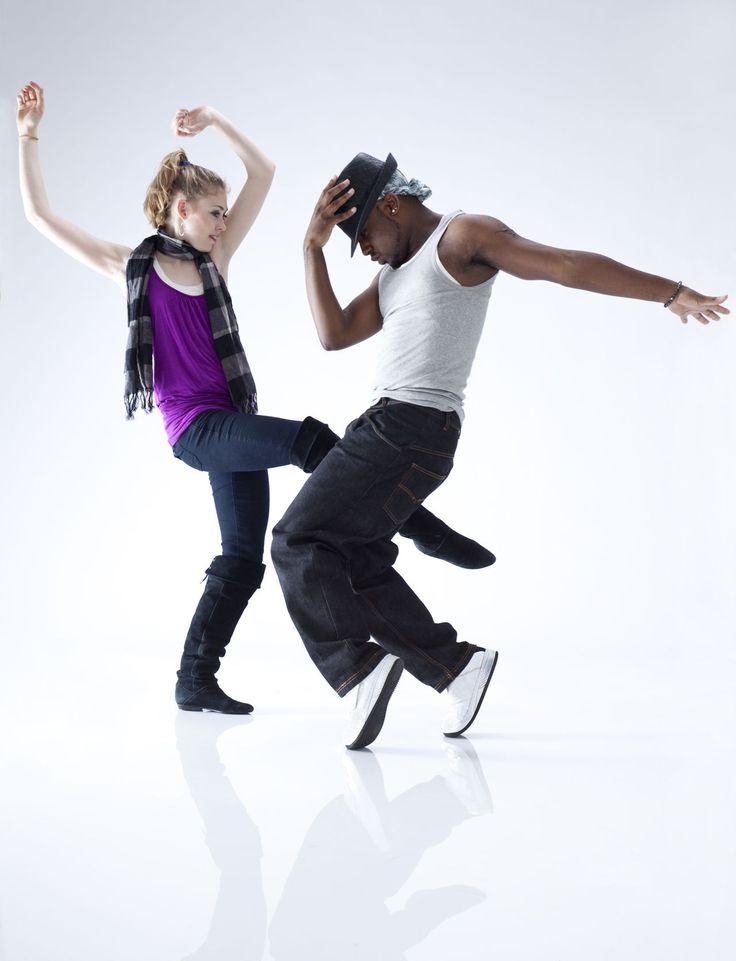 A krump-battle involving several dancers is often mistaken for a fight by outside spectators, and may even cause the police to appear. And yet, krump is a special philosophy of getting rid of anger , aimed at transforming the accumulated negativity, disappointment in the world around us into positive energy that gives strength. Such street dances as krump are, of course, extreme, but at the same time, they reflect all the passion of modern life and allow you to breathe deeply.
A krump-battle involving several dancers is often mistaken for a fight by outside spectators, and may even cause the police to appear. And yet, krump is a special philosophy of getting rid of anger , aimed at transforming the accumulated negativity, disappointment in the world around us into positive energy that gives strength. Such street dances as krump are, of course, extreme, but at the same time, they reflect all the passion of modern life and allow you to breathe deeply.
Street dances more known to us - breakdance and footwork style grew up on the basis of b-boying (which, with the light hand of the media, was called "break"). In the early 70s, DJs became the ringleaders at all dance parties. During the short breaks that they arranged (break dance from the English break - break), their outstanding art was demonstrated to the applause of the crowd by tough guys - b-boys, honing their dance technique to perfection all the same, on the streets. Break "fell" on the floor, marking the beginning of the development of footwork. For a long time, footwork was all about improvisation. However, very soon he developed a set of basic movements and acquired a recognizable style with a series of beautiful and complex combinations. nine0005
Break "fell" on the floor, marking the beginning of the development of footwork. For a long time, footwork was all about improvisation. However, very soon he developed a set of basic movements and acquired a recognizable style with a series of beautiful and complex combinations. nine0005
A lot has already been said about hip-hop , and in Russia they are just as passionate about it as in the West. But C-Walk and Jerk street dances still remain exotic for us, although in the USA and Europe they are insanely popular among young people.
Crip Walk or C-Walk has long been distributed only in the US and only since 2009 has become known throughout the world. The dance is focused on virtuoso footwork and continuous improvisation. He appeared in Compton, a poor suburb of Los Angeles, around the same time that all the mainstreams of street dancing were born (70s of the last century). It was performed at first under the rap recitative and had a different name.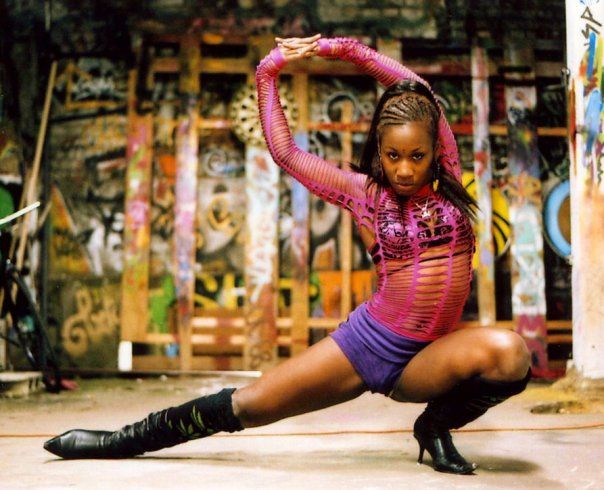 It wasn't until the early 1980s, when it became the symbolic dance of the Crips in South Central, that the dance got its name "Crip Walking". With the help of the symbolism of the dance (dexterous, lightning-fast movements of the legs), new members of the group were initiated, signs understood by the bandits were given, and belonging to the gang was depicted. nine0005
It wasn't until the early 1980s, when it became the symbolic dance of the Crips in South Central, that the dance got its name "Crip Walking". With the help of the symbolism of the dance (dexterous, lightning-fast movements of the legs), new members of the group were initiated, signs understood by the bandits were given, and belonging to the gang was depicted. nine0005
C-Walk is very recognizable. His technique is characterized by the observance of angles between the feet of 90 degrees. Angles are observed when moving in any direction, regardless of slow or fast dance performance. Dancers use oversized clothing: wide jeans, sneakers, a cap or bandana turned to the left, white t-shirts and plaid shirts worn over t-shirts and fastened with one top button. Gangster style of the 70s.
C-Walk Style brought its basic movements to hip-hop. At the end of 90's lost its gangster philosophy and became a "respectable" groovy street dance.
The US state of California has also been prolific in street dancing. Jerk rapidly "rolled" from California around the world. The Jerkers took the classic hip-hop of the 80s as a basis, but built their own philosophy, where a vibrant lifestyle, distinctive appearance and clothes are cultivated. Jerk is often called a clone of tectonics, but this is a completely independent direction. Jerkers believe that fashion has long “stepped over” wide pants and a gangster look. They wear colorful accessories, punk hairstyles and extremely tight jeans. Jerk screams self-confidence. His movements are so diverse that it is rather difficult to describe the dance. Jerk is somersaults through oneself and a partner, half splits, squat dance, freezing in acrobatic weightlessness, high jumps. This dance has a bright entourage and is completely non-aggressive, for which, in contrast to gangsta rap, it was called the “quiet revolution” for young people. nine0005
Jerk rapidly "rolled" from California around the world. The Jerkers took the classic hip-hop of the 80s as a basis, but built their own philosophy, where a vibrant lifestyle, distinctive appearance and clothes are cultivated. Jerk is often called a clone of tectonics, but this is a completely independent direction. Jerkers believe that fashion has long “stepped over” wide pants and a gangster look. They wear colorful accessories, punk hairstyles and extremely tight jeans. Jerk screams self-confidence. His movements are so diverse that it is rather difficult to describe the dance. Jerk is somersaults through oneself and a partner, half splits, squat dance, freezing in acrobatic weightlessness, high jumps. This dance has a bright entourage and is completely non-aggressive, for which, in contrast to gangsta rap, it was called the “quiet revolution” for young people. nine0005
Why is street dancing so popular?
The main secret of popularity is simple - availability anywhere and anytime . Street dances are performed in any open area, in the subway, in yards, in arenas, garages, and on sports grounds. They do not need special equipment, only their own skills and a certain attitude to life.
Street dances are performed in any open area, in the subway, in yards, in arenas, garages, and on sports grounds. They do not need special equipment, only their own skills and a certain attitude to life.
In addition, street dancing is an excellent alternative to sports for those who want to keep fit, but do not want to be bound by constant physical activity. Since almost all street dances are energetic and full of acrobatic elements, the dancer easily maintains his ideal shape, while doing what he loves. nine0005
Contrary to the impression, street dancing does not have an age requirement. Yes, street dances owe their popularity mainly to students and schoolchildren, but such areas as tectonics, locking, house and break dance are also being mastered with pleasure by older people, and, moreover, allow them to form a special “young” philosophy of consciousness.
Street dances owe their popularity to the fact that whatever one may say, belong to folk art . Street dances, like nothing else, are close to the people and therefore are taught so actively now in all schools and dance studios. nine0005
Street dances, like nothing else, are close to the people and therefore are taught so actively now in all schools and dance studios. nine0005
Modern street dancing is diverse and not limited to a clear style. The possibility of endless improvisation and countless combinations of styles cater to both boys and girls. No gender discrimination Full equality.
Another highlight that gives street dancing a great edge is that it's a great way to express your creativity for each individual. There are no choreographers on the street who drive you into the style framework. Self-realization and complete emancipation reign here. Street dancing allows you to express your emotions, contact and flirt with the audience and other dancers. nine0005
And finally, street dancing is a peaceful competitive process . The struggle for leadership takes place in the form of battles and does not leave indifferent even those who are generally indifferent to dancing.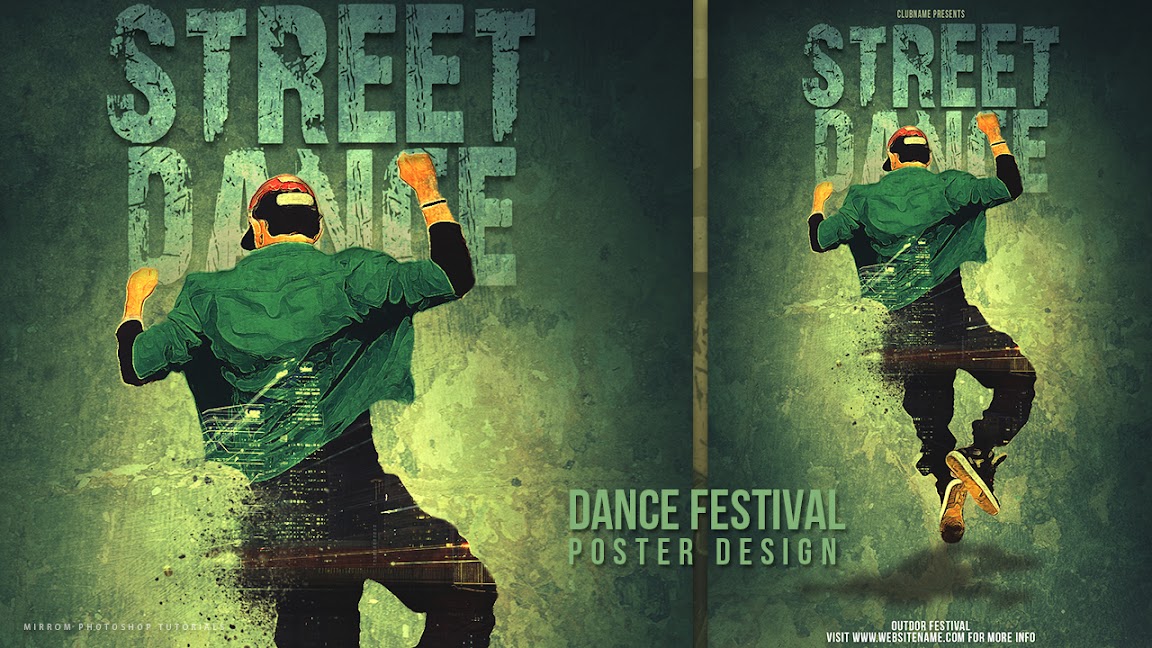
The emergence of street dancing | Educational social network
Essay on the topic: "The emergence, development and styles of street dances."
04/22/2020
Gladkaya Ulyana
"The emergence, development and styles of street dances"
Introduction (What is street dancing)
Even at the start of the 21st century, the history, techniques and styles of street dancing (commonly referred to as break dancing) were largely undocumented. Perhaps this is partly due to the fact that performance styles are usually either passed on from professionals to beginners in an informal setting, or just dancers right on the street show each other new moves. However, by 2010 information about the history of street dance began to be officially documented.
Street dancing is the same generalizing concept as folk dancing. In order to dance street dances, only one condition is necessary - to feel the life and rhythm of the streets. Street dancing combines several styles that originated outside the walls of dance studios. To be more precise, modern street dances are mixes from different styles of hip-hop, house, locking, popping, ragga dance, new style, new age, bray to dance, electric boogie, krump, and others. nine0005
To be more precise, modern street dances are mixes from different styles of hip-hop, house, locking, popping, ragga dance, new style, new age, bray to dance, electric boogie, krump, and others. nine0005
The culture is characterized by both special music and unconventional dances. At first, to arrange competitions, young people gathered spontaneously. Then competitions began to be organized in advance, inviting spectators and fans. Today, such events are held annually. One of the directions of street dances - hip-hop was formed gradually, it was saturated with elements from break-dance, rega, modern, belly-dance and latin. It should be noted that street dances are built on free fantasy and the flight of consciousness, the ability to listen to music and focus on semantic accents. Old-school styles of street dance appeared on the streets and in entertainment venues in the United States based on non-standard combinations of steps and movements. The old school of music was characterized by high percussiveness, combining breakdance-style moves. The modern school has undergone changes and is more complex. Many dancers supplemented it with their own movements. Today there are many individual and mixed styles, but these trends originated in the old and new schools. New style is the most fashionable direction of street dances. It is characterized by the manner in which movements are presented. It is soft, calm, at first glance relaxed, but demonstrating internal compressed energy. The dancer during the performance looks outwardly at ease. For free improvisation, he uses the power of resistance. In the United States, this kind of street dancing is called freestyle, which means free style. To demonstrate their abilities, the dancers fight in a specially prepared place, demonstrating their skills in turn. Participants show respect for each other and do not sort things out. The winners are determined by the judges together with the audience. nine0005
The modern school has undergone changes and is more complex. Many dancers supplemented it with their own movements. Today there are many individual and mixed styles, but these trends originated in the old and new schools. New style is the most fashionable direction of street dances. It is characterized by the manner in which movements are presented. It is soft, calm, at first glance relaxed, but demonstrating internal compressed energy. The dancer during the performance looks outwardly at ease. For free improvisation, he uses the power of resistance. In the United States, this kind of street dancing is called freestyle, which means free style. To demonstrate their abilities, the dancers fight in a specially prepared place, demonstrating their skills in turn. Participants show respect for each other and do not sort things out. The winners are determined by the judges together with the audience. nine0005
http://www.4dancing.ru/blogs/260614/1790/
Origins of street dancing
Origin:
The term hip-hop was coined in 1980 by DJ Afrika Bambaataa.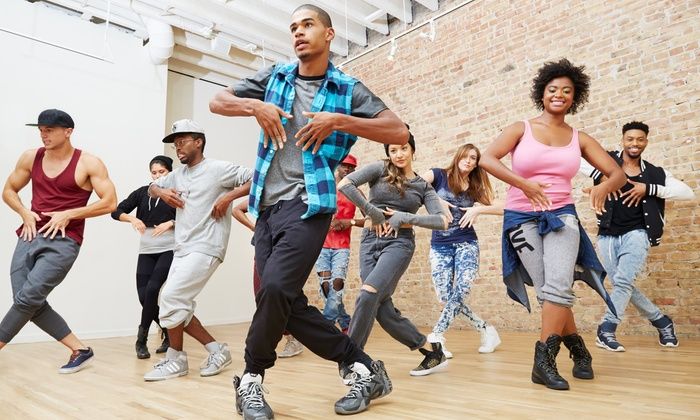 He used the term to describe a trend in urban cultural dance and music that emerged in the 1970s. The origins of street dancing lie in folk dances, which were mainly performed by dancers from Africa. In the 1920s, performer Earl Tucker used sliding steps in his dances, which later became a characteristic of hip hop. At 19In the 70s, James Brown created music that in turn also influenced street dancing.
He used the term to describe a trend in urban cultural dance and music that emerged in the 1970s. The origins of street dancing lie in folk dances, which were mainly performed by dancers from Africa. In the 1920s, performer Earl Tucker used sliding steps in his dances, which later became a characteristic of hip hop. At 19In the 70s, James Brown created music that in turn also influenced street dancing.
The birth of such a phenomenon as street dances (Street Dances) was preceded by a completely different street "culture" - a tough confrontation between gangs in the "black" neighborhoods of American metropolitan areas. Young, strong, but poor African Americans had nowhere to put their energy. Fitness centers, paid studios, gyms and other benefits were not available to them. In addition, brute force was considered the only way to assert their leadership in a particular area. "Black" youth clearly wanted to express themselves, but did not know how. Perhaps fights would have remained the main type of communication if there had not been a peaceful alternative - street dancing.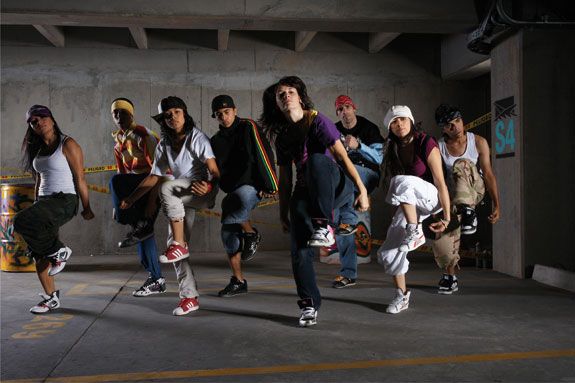 nine0005
nine0005
So, street dancing originated in the 70s of the last century in the poor neighborhoods of New York and Los Angeles. It was in the Bronx (New York) that the main hip-hop platform was formed, on which all street dances later arose and developed.
http://www.4dancing.ru/blogs/260614/1790/
Development of street dance
Development:
even perform on Broadway. The media in the US began to popularize street dance. However, at 19In the 1990s, hip-hop groups in the United States and elsewhere began to bring the dance style closer to what it was in the beginning. There has been an increase in the number of hip hop groups that have combined dance with theatre, modern dance and other forms of performing arts. At the beginning of the 20th century, street dancing takes on many different forms, and new ones keep appearing all the time.
Actions developed as follows. A place was vacated on a section of the street or in the hall of some institution.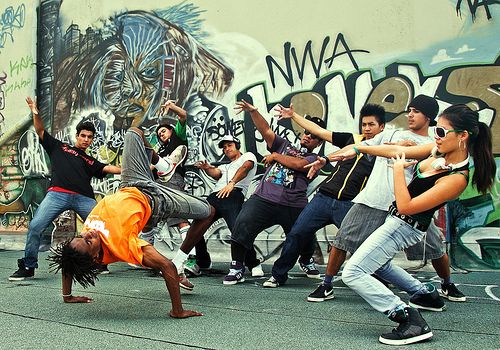 The audience "surrounded" the dancers and acted as a kind of shield. The winner of the fight was determined by the judges, who were guided by the opinion of the public. nine0005
The audience "surrounded" the dancers and acted as a kind of shield. The winner of the fight was determined by the judges, who were guided by the opinion of the public. nine0005
Street dance competitions are currently held internationally, such as Juste Debout or Battle of the Year. However, it must be borne in mind that the main feature of such dances is still improvisation. Therefore, even pre-prepared speeches cannot be held within a strict framework. More often, changes in the dance of the program are made by the mood of the performer, who, to the rhythms of the music, begins to show the audience "miracles of acrobatics." Accordingly, the slightest change in the emotional background of the dancer is instantly reflected in the dance. nine0005
http://www.4dancing.ru/blogs/260614/1790/
http://www.dancity.ru/blog/kakie-oni-ulichnye-tancy.html ?
Under the general name "street dances" dances of different styles and directions are combined. Each of them has its own technique and its own characteristics. These are dances that are performed with pleasure, and not under the pressure of strict norms and standards. The mood of the dancer today and now is the main content of street dances. The performer focuses on individuality and originality. For the sake of creating his own individual style, the dancer is not afraid to mix and interpret the movements of other dance styles in his own way. Improvisation is the main feature of street dancing. Even performances prepared in advance do not have a rigid framework, and can be changed under the influence of the momentary mood of the performer. The feeling of the dancer is an important criterion for how appropriate this or that movement is in each particular case. A change in the emotional state of a dancer can lead to a completely new, original interpretation of a dance number. nine0005
These are dances that are performed with pleasure, and not under the pressure of strict norms and standards. The mood of the dancer today and now is the main content of street dances. The performer focuses on individuality and originality. For the sake of creating his own individual style, the dancer is not afraid to mix and interpret the movements of other dance styles in his own way. Improvisation is the main feature of street dancing. Even performances prepared in advance do not have a rigid framework, and can be changed under the influence of the momentary mood of the performer. The feeling of the dancer is an important criterion for how appropriate this or that movement is in each particular case. A change in the emotional state of a dancer can lead to a completely new, original interpretation of a dance number. nine0005
Features:
Street dances are special, the original form of demonstration of their choreographic skills by dancers is the so-called fights. The term was originally used to refer to break dancing, but is now applied to other forms of street dancing as well.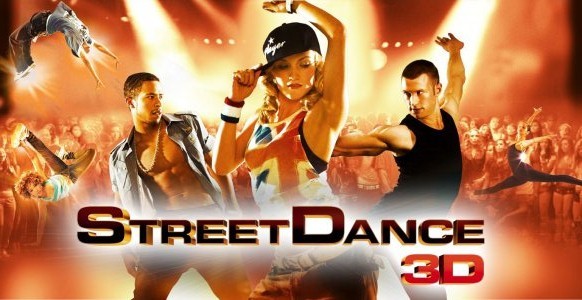
The action is as follows. In the center of the hall or on the street, a place is vacated for dancers. Spectators stand around and cheer on those performers that they like. The judges, together with the audience, determine the winners. Usually the dancers demonstrate their skill in turn, unless it is a prearranged group number. Representatives of one team of dancers in hip-hop are called gangs. nine0005
Another type of such competition is called “wall to wall”. The performers stand in a straight line facing each other and perform impromptu dance moves. This type of competition is used less frequently, since in this case the possibilities for the manifestation of individuality are limited.
An integral part of the dance battles is the demonstration of respect of the participants of the competition for each other and, especially, for the rivals. Aggressive showdown, fights, inappropriate behavior are not welcome. nine0005
http://hnb.com.ua/articles/s-sport-entsiklopediya_tantsa_ulichnye_tantsy-2443
Dance styles and their foundations , and to this day, interest in this dance does not fade, but is gaining momentum even more.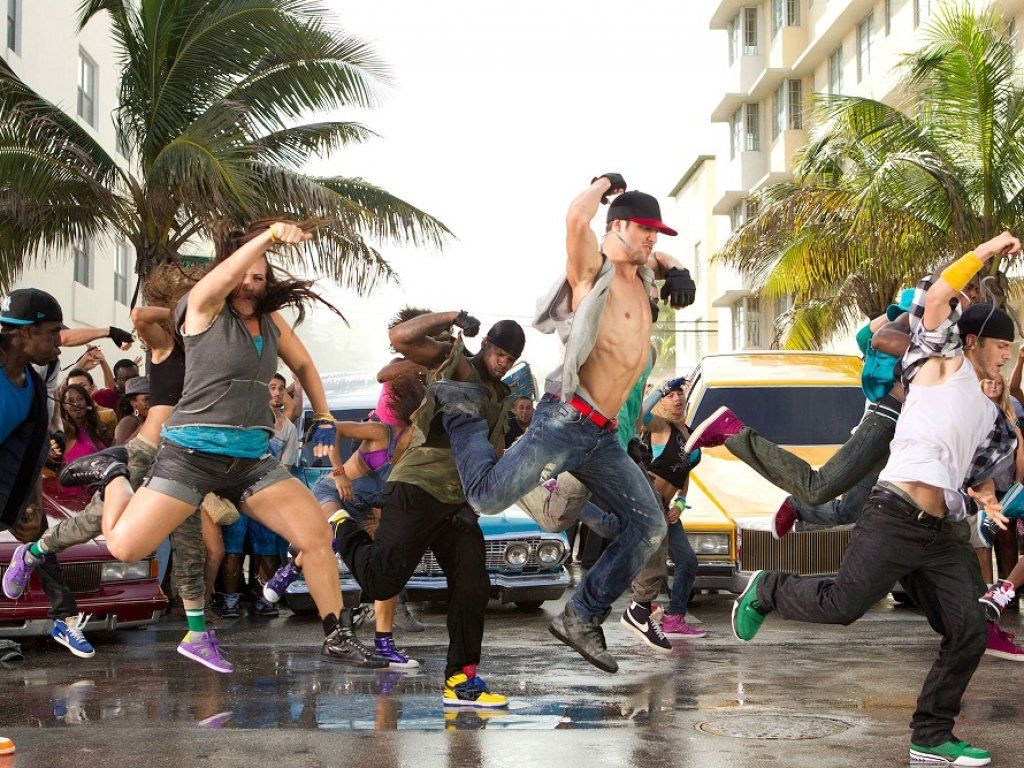 After all, hip-hop is a lifestyle for young people, and dance brings harmony, drive, and energy to the human world. People find new friends, communicate, share new ideas. Dancing helps to gain self-confidence. In every dance, whether classical or folk, there is a foundation, basic movements, and hip-hop has its own base. This dance consists of groove, bounce (kach), and movements. Groove or state is how you feel the music and how you convey it, the groove of the dancers is individual, because each dancer hears music differently. Bounce or swing is the movement of the knees, they should always be soft. Of course, in hip-hop there are basic movements, steps. There are quite a lot of them, more than a hundred movements. They are needed in order to know how your body can move, for good execution technique. nine0005
After all, hip-hop is a lifestyle for young people, and dance brings harmony, drive, and energy to the human world. People find new friends, communicate, share new ideas. Dancing helps to gain self-confidence. In every dance, whether classical or folk, there is a foundation, basic movements, and hip-hop has its own base. This dance consists of groove, bounce (kach), and movements. Groove or state is how you feel the music and how you convey it, the groove of the dancers is individual, because each dancer hears music differently. Bounce or swing is the movement of the knees, they should always be soft. Of course, in hip-hop there are basic movements, steps. There are quite a lot of them, more than a hundred movements. They are needed in order to know how your body can move, for good execution technique. nine0005
Inspired youth decided to comprehend a hitherto unknown culture. Since the film was called "Breakin'", and in some translations "Break dance", and indeed there was confusion with the terms at that time, they called this whole dance break dance and divided it into an upper and lower break. The cassette "Break it" was not as common as "Breakin'" and was the first video lessons that reached our country. From there such styles as "Robot", "Locking", "King Tut", "Electric Boogie" became known. The tutorial was from the East Coast, and as we know at that time in New York, “breaking”, “popping” and “boogaloo” had already originated later, many only heard about the “Electric Boogaloos” team ( Boogaloo Sam, founder of the "popping" and "boogaloo" styles, creator of the team) and danced the "Electric Boogie" style, a mixture of robot technique, wave, sliding penetrations and "tricks". Also on the “Break it” cassette, the “popping” style technique was presented, or rather “pop”, the dancer on the video strained and relaxed his muscles, making “dad”, then he danced a little rather “wooden” popping, from which his Soviet students made the conclusion is that the “pop's” style is based on clear leg movements, in rhythm it is necessary to sharply straighten the knee and hit the floor with the heel so that the body “shakes” and at the same time do the so-called “shoulder drop”, this is what the “popping” style looked like in our interpretation.
The cassette "Break it" was not as common as "Breakin'" and was the first video lessons that reached our country. From there such styles as "Robot", "Locking", "King Tut", "Electric Boogie" became known. The tutorial was from the East Coast, and as we know at that time in New York, “breaking”, “popping” and “boogaloo” had already originated later, many only heard about the “Electric Boogaloos” team ( Boogaloo Sam, founder of the "popping" and "boogaloo" styles, creator of the team) and danced the "Electric Boogie" style, a mixture of robot technique, wave, sliding penetrations and "tricks". Also on the “Break it” cassette, the “popping” style technique was presented, or rather “pop”, the dancer on the video strained and relaxed his muscles, making “dad”, then he danced a little rather “wooden” popping, from which his Soviet students made the conclusion is that the “pop's” style is based on clear leg movements, in rhythm it is necessary to sharply straighten the knee and hit the floor with the heel so that the body “shakes” and at the same time do the so-called “shoulder drop”, this is what the “popping” style looked like in our interpretation.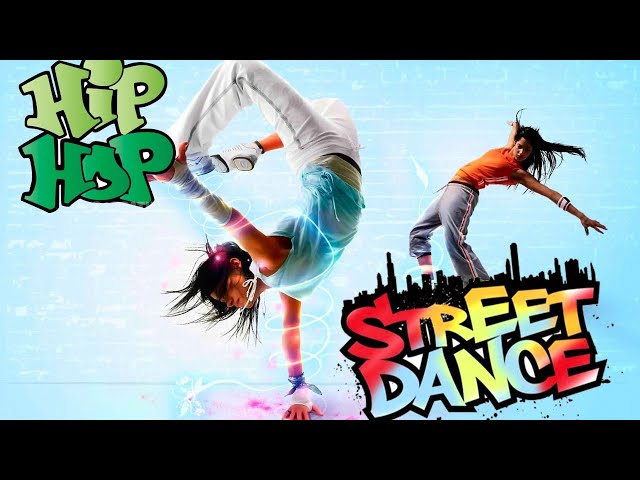 But still, most of the cassette, justifying its name, was devoted to the “breaking” style, all the main basic steps were presented there: “footwork”, “freezes”, “top rock”, and some elements of “power move”, which are so impressed the public. Thus, in the 80s of the last century, the USSR style "Break dance" was born, which was divided into "lower" and "upper", the latter, in turn, was divided into 5 styles: "robot", "locking", "king tat" , "electric boogie" and "pops". Now it all sounds ridiculous, but this is part of our dance history, without which today Russia would not have reached the level to be able to compete with other countries in which hip-hop culture originated much earlier. nine0005
But still, most of the cassette, justifying its name, was devoted to the “breaking” style, all the main basic steps were presented there: “footwork”, “freezes”, “top rock”, and some elements of “power move”, which are so impressed the public. Thus, in the 80s of the last century, the USSR style "Break dance" was born, which was divided into "lower" and "upper", the latter, in turn, was divided into 5 styles: "robot", "locking", "king tat" , "electric boogie" and "pops". Now it all sounds ridiculous, but this is part of our dance history, without which today Russia would not have reached the level to be able to compete with other countries in which hip-hop culture originated much earlier. nine0005
Source: http://reftrend.ru/827788.html
List of used sources (Books about street dances links all)
Books about street dances:
Authors:
Volodina O.V. Anisimova T.B.
2. Fundamentals of Modern Dance
Authors:
S.S. Polyakov
3.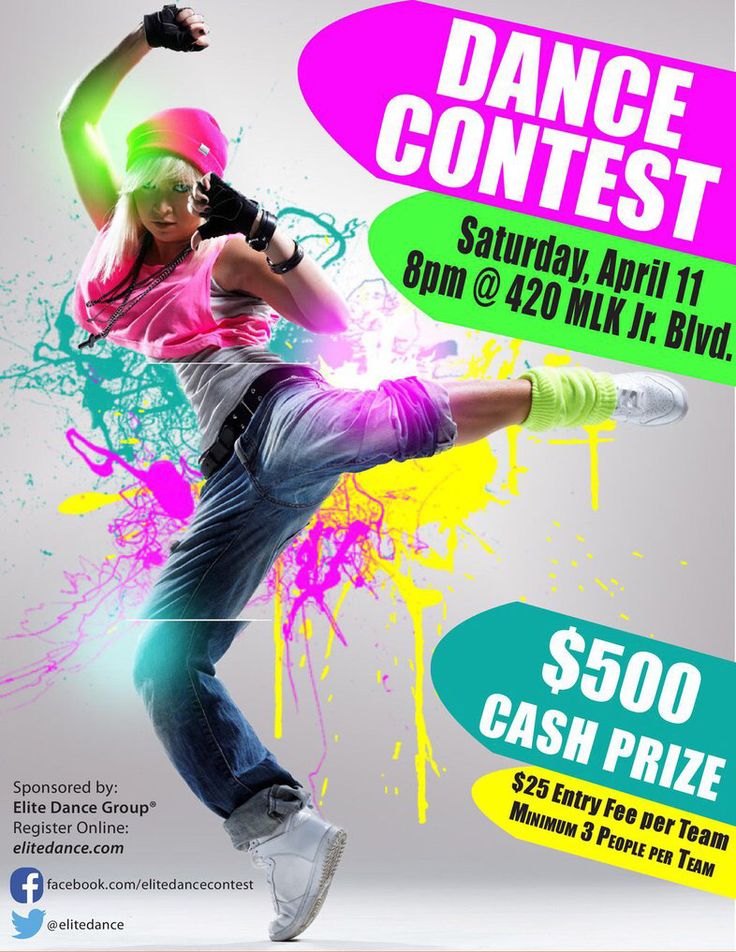 ABCD (Any Body Can Dance)
ABCD (Any Body Can Dance)
Authors:
Amit Aryan, Tushar Hiranandani.
http://www.divadance.ru/reports/allfdance_zzz_books.htm
Stage clothes for street dances
Dancing "stage" clothes are designed to emphasize the style of dance and the image created in it. By "stage" is meant not only clothes for the stage, but also for a performance that the audience can only see, for example, on the street. Therefore, the costume must be "in the subject." In fact, imagine for a moment that you decide to dance breakdance in a ballet tutu or belly dance in a Russian kokoshnik. And it's not about the audience. It's a matter of inconsistency. It is simply unrealistic to move correctly and beautifully in inappropriate clothes. nine0005
Such a contrast is possible only if the artist is a dance guru and builds a stage image on the grotesque, trying to convey a certain idea to the viewer. But even in this case, the risk of being misunderstood is great. Let's leave their experiments with costumes to the gurus, it's more important for beginners to know what to wear for the first Street Dance practice.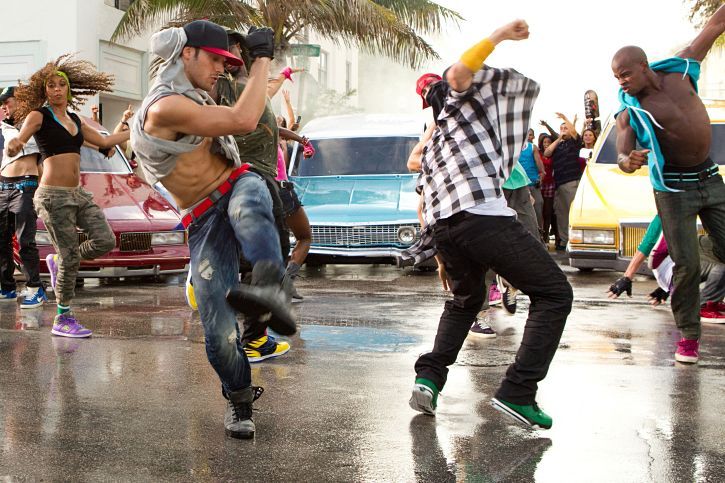
First of all, I would like to note that stage clothing and equipment for training are two different concepts. For classes, you can dress and shoe in what is comfortable and in which there is little chance of injury. This is important, since the average workout lasts one and a half to two hours with an intense load, and the performance is usually 3-5 minutes. nine0005
Training clothes for street dancing should be moderately loose, but such that the nuances of the movements being practiced are easily “read” and the trainer can make changes during the lesson. It is best to opt for sweatpants with a drawstring or an elastic band. Classic jeans don't fit at all. The top can be anything that does not constrain freedom. In addition, it is for this direction that it is recommended to strengthen the knee joints with elastic bandages, since they will have a serious load. nine0005
For training, choose the most comfortable clothes - you will amaze the minds of the audience with your extravagance already at the performance.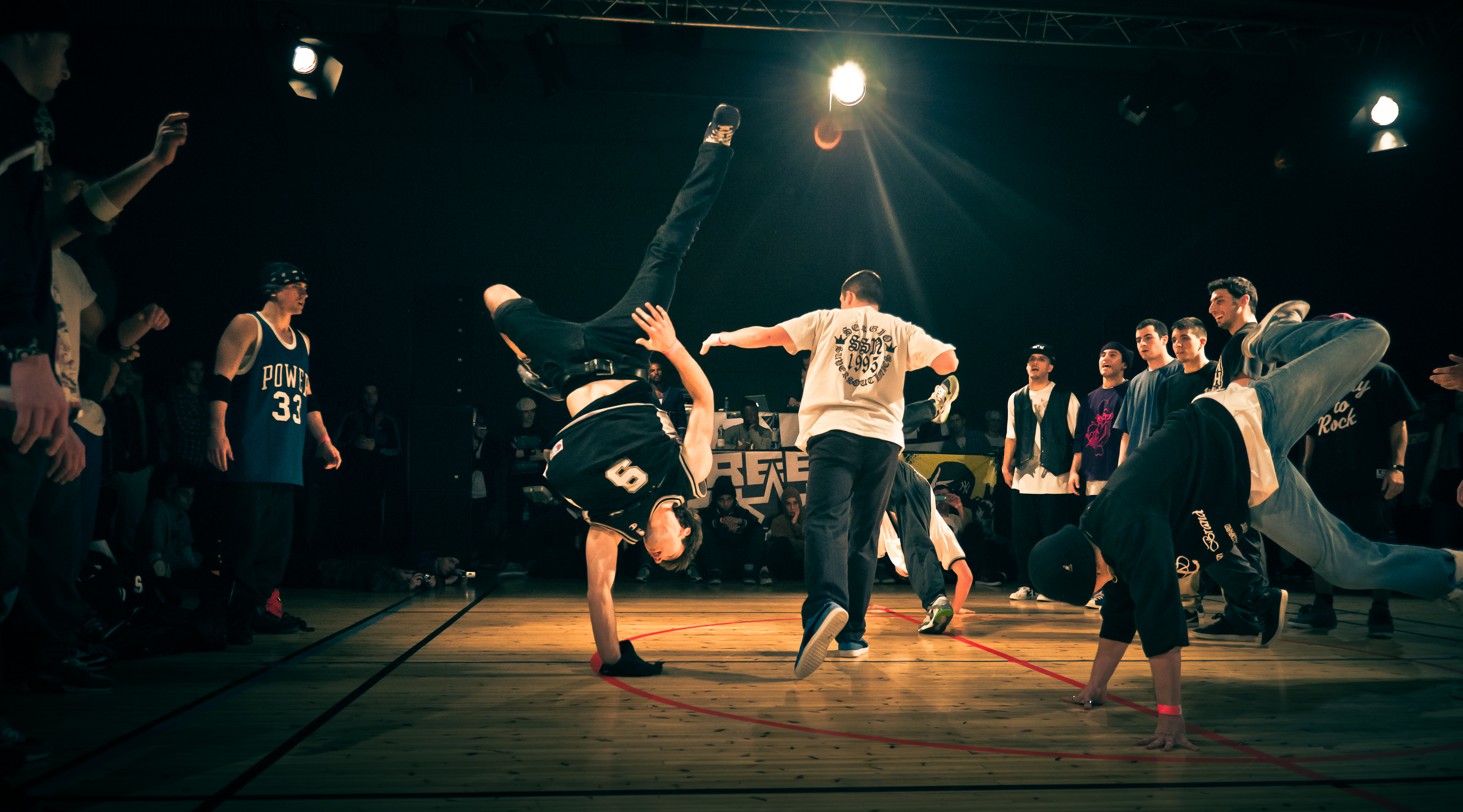 And during training, concentrate on the movements - not on the combination of colors and textures. Shoes are better to choose from genuine leather or generally on a fabric basis, also give preference to low sneakers without a collar - it hinders foot movements.
And during training, concentrate on the movements - not on the combination of colors and textures. Shoes are better to choose from genuine leather or generally on a fabric basis, also give preference to low sneakers without a collar - it hinders foot movements.
http://dancedb.ru/street-dance/education/article/282/
Deciding on the style
Despite the fact that street dances are already an independent direction of modern dances, they also have a division into so-called sub-styles. And before you jump into the maelstrom of modern hip-hop culture in the dance incarnation, it would be good to decide what exactly you want to learn how to do to the music.
There are a huge variety of street dances, especially if we take into account the fact that street style does not have basic movements as such - it is already a mix of many styles. The most popular subtypes of street dance:
- Break dance;
- Crip walk;
- Popping;
- Crump;
- Locking.


